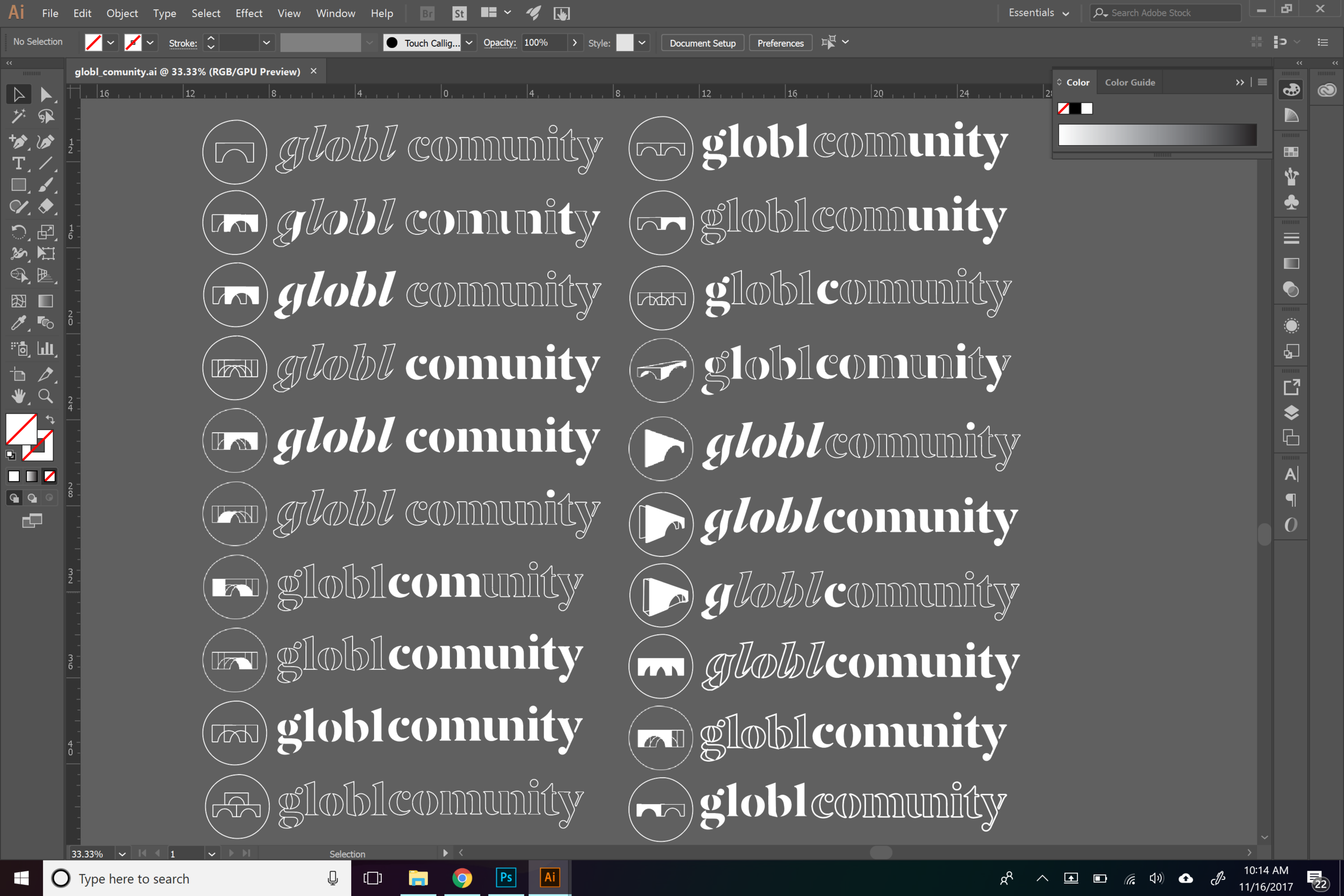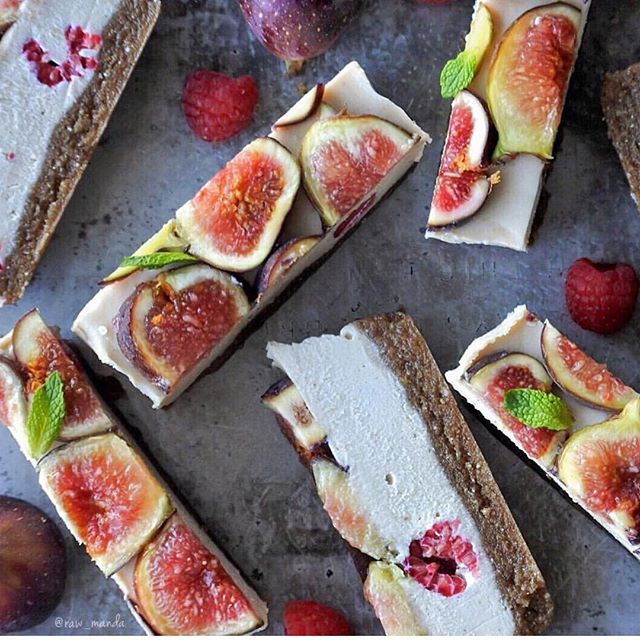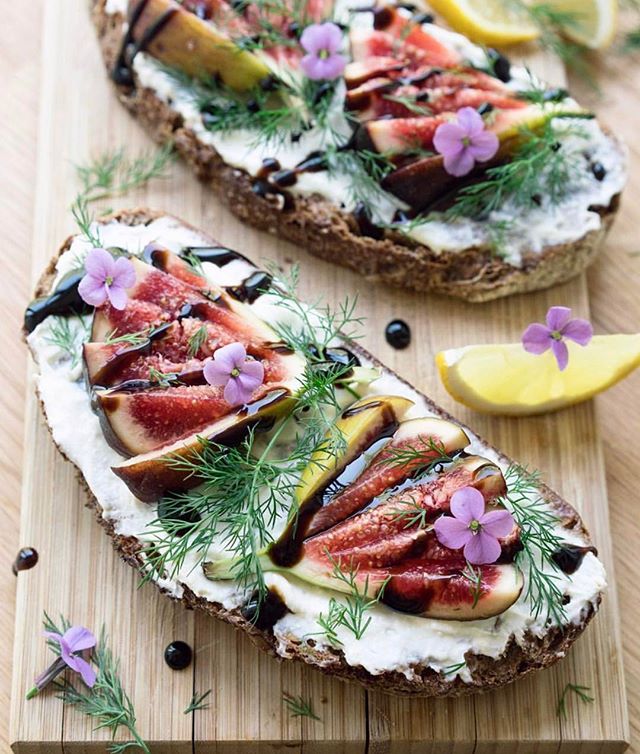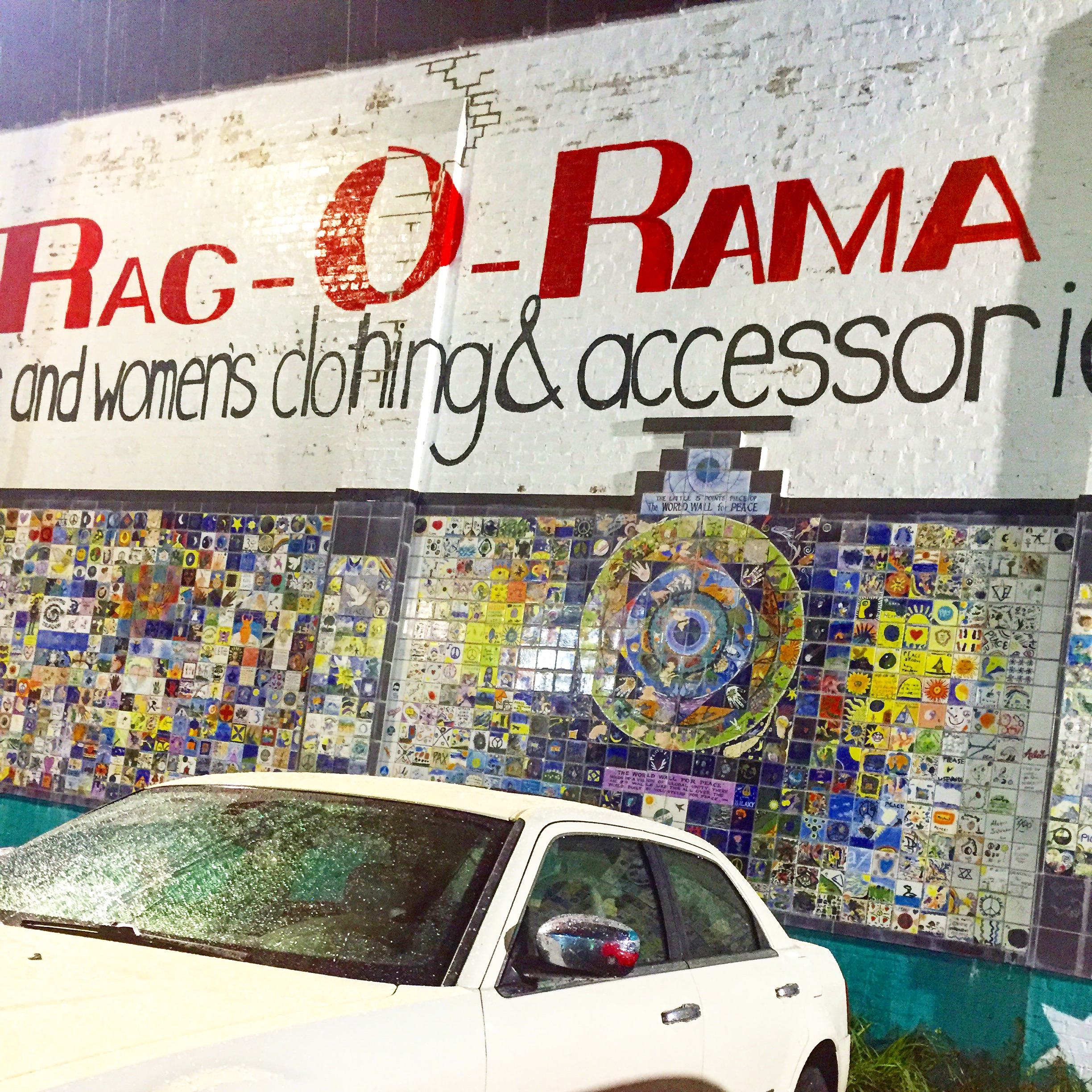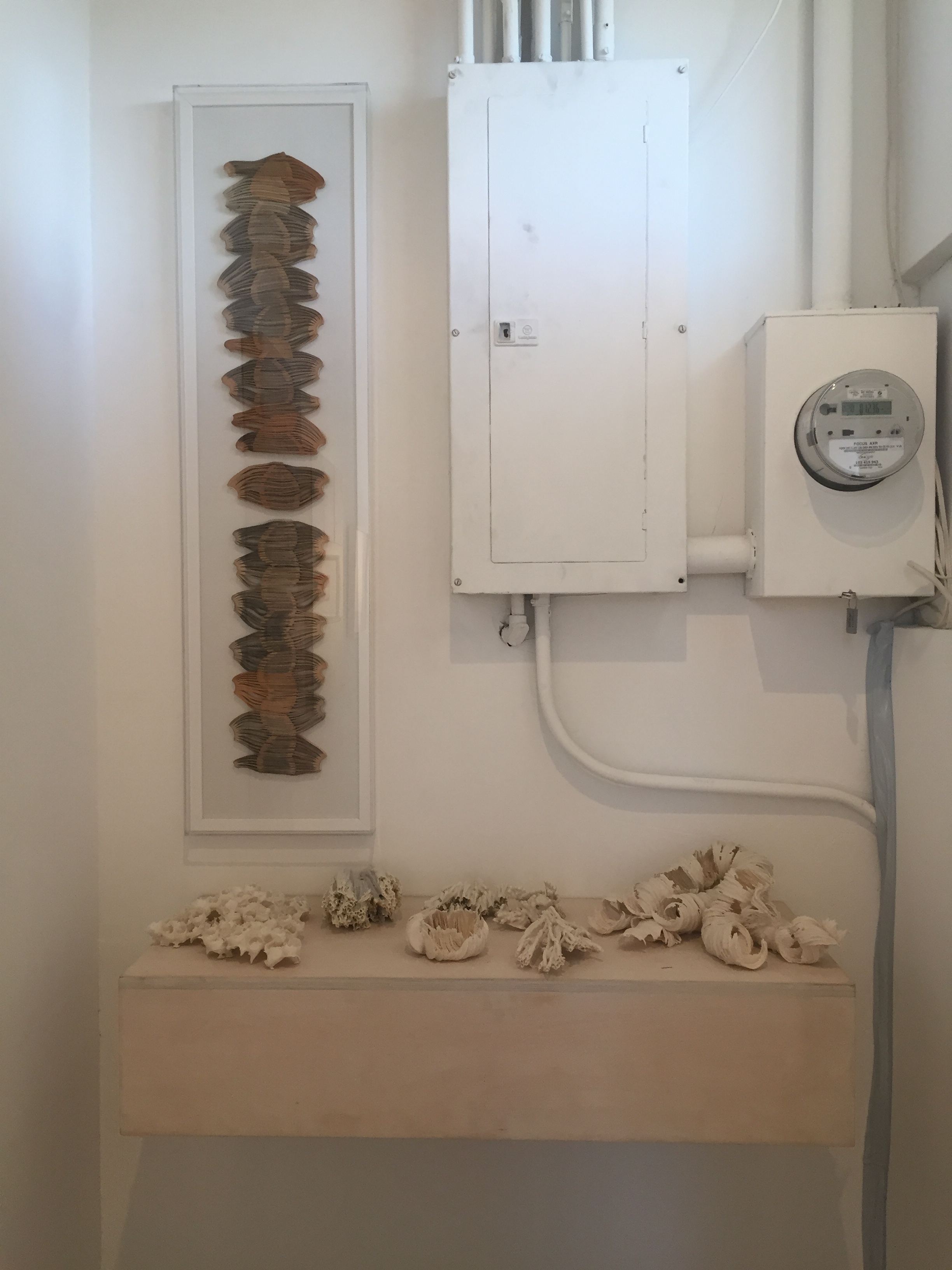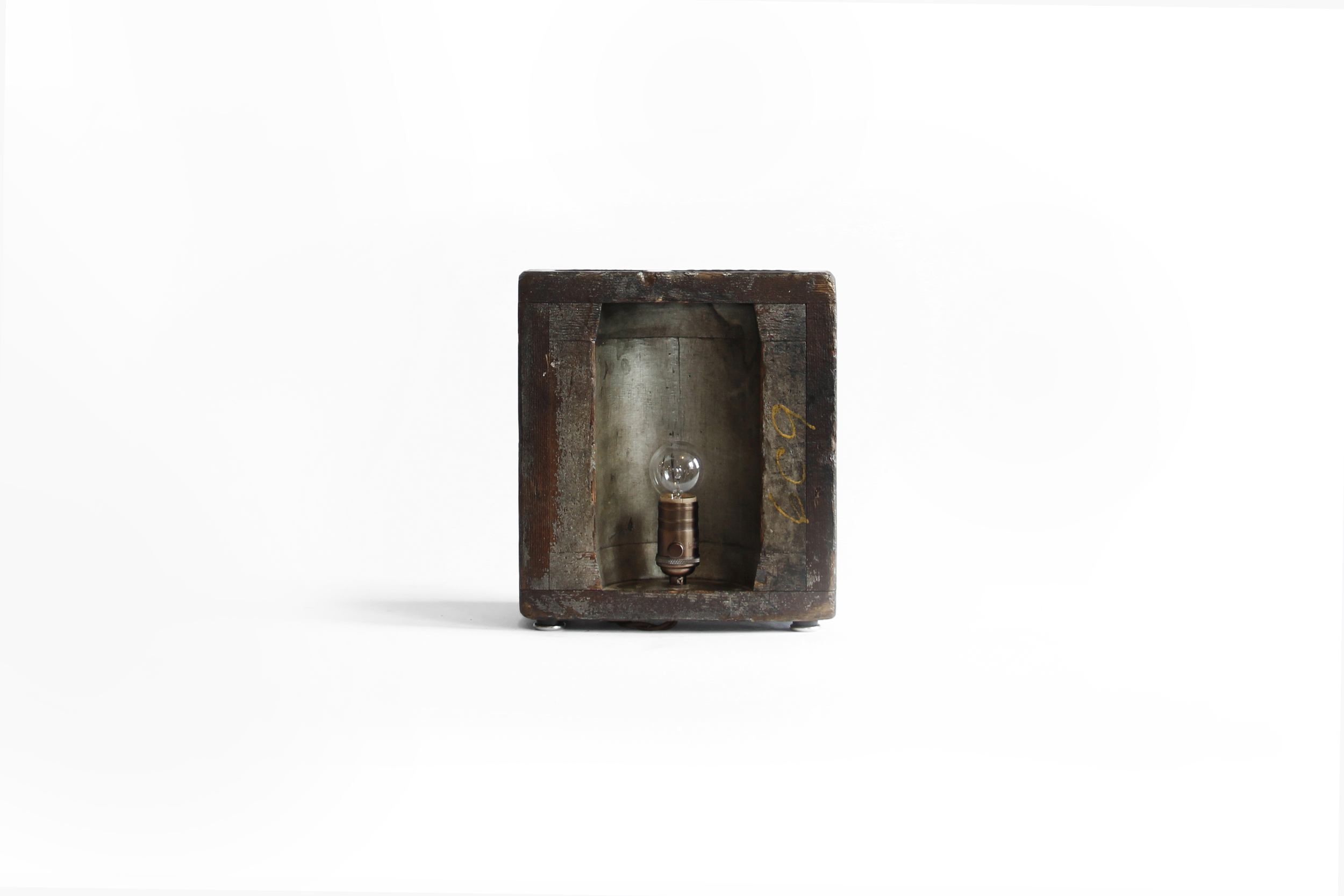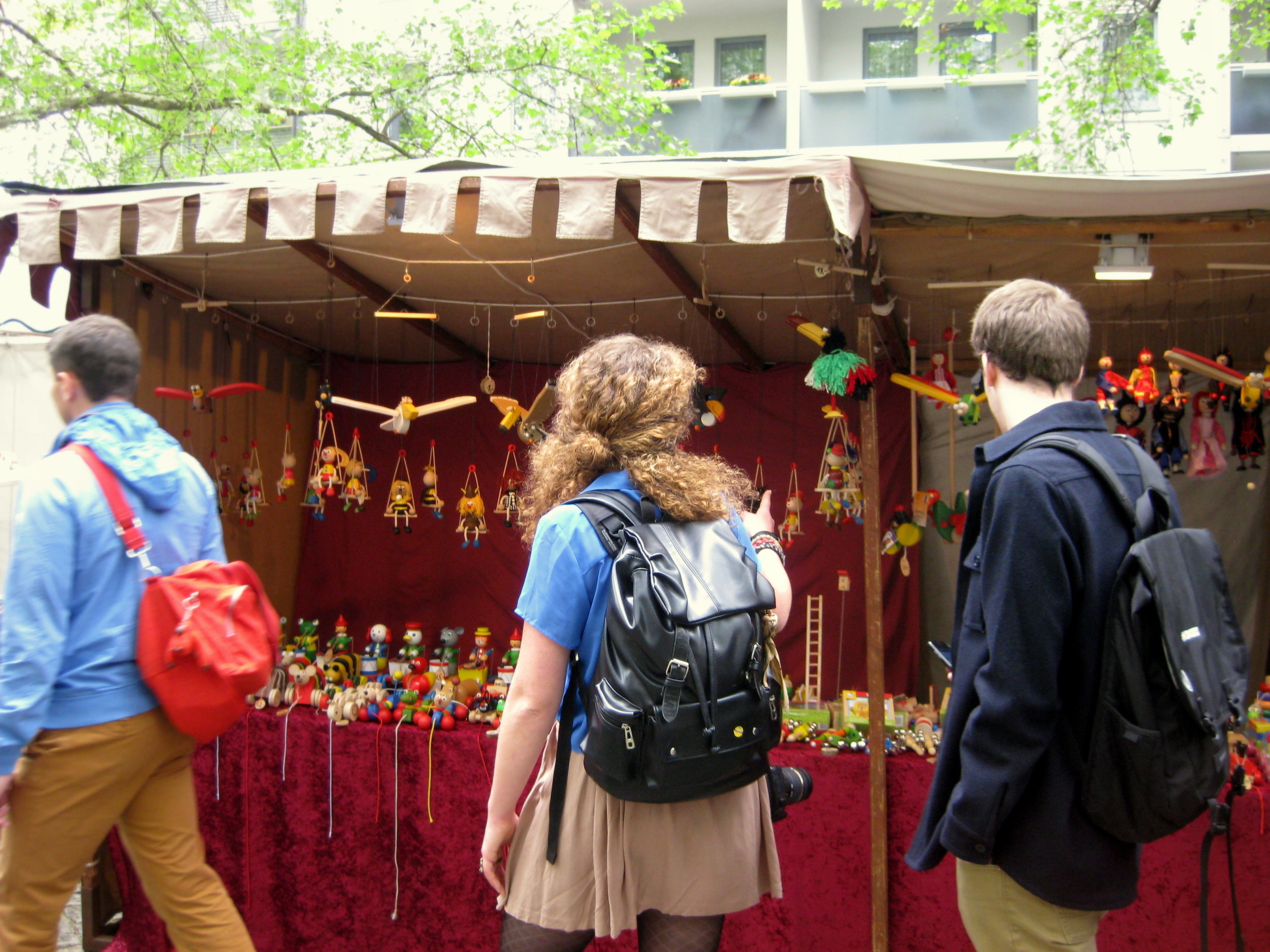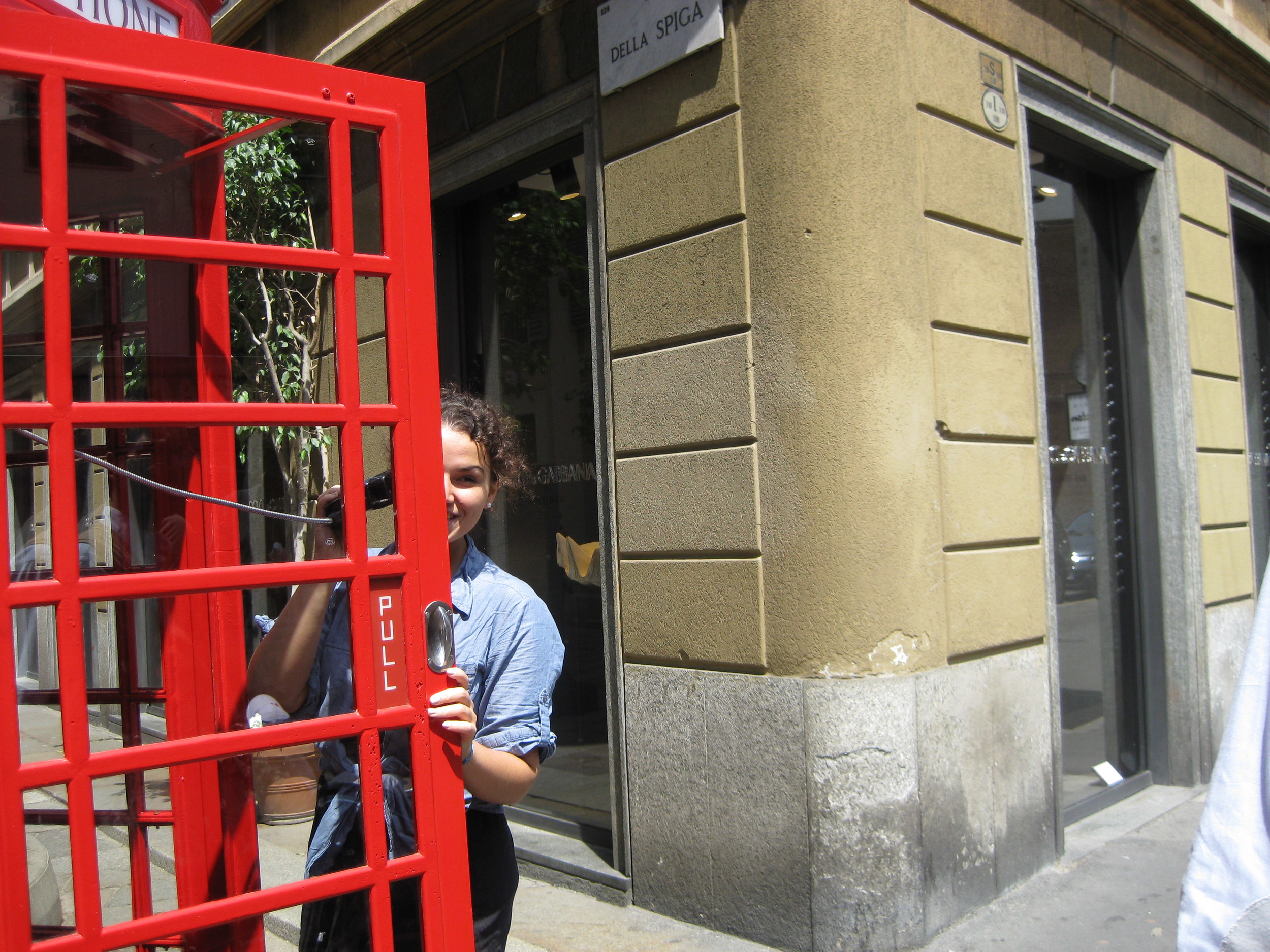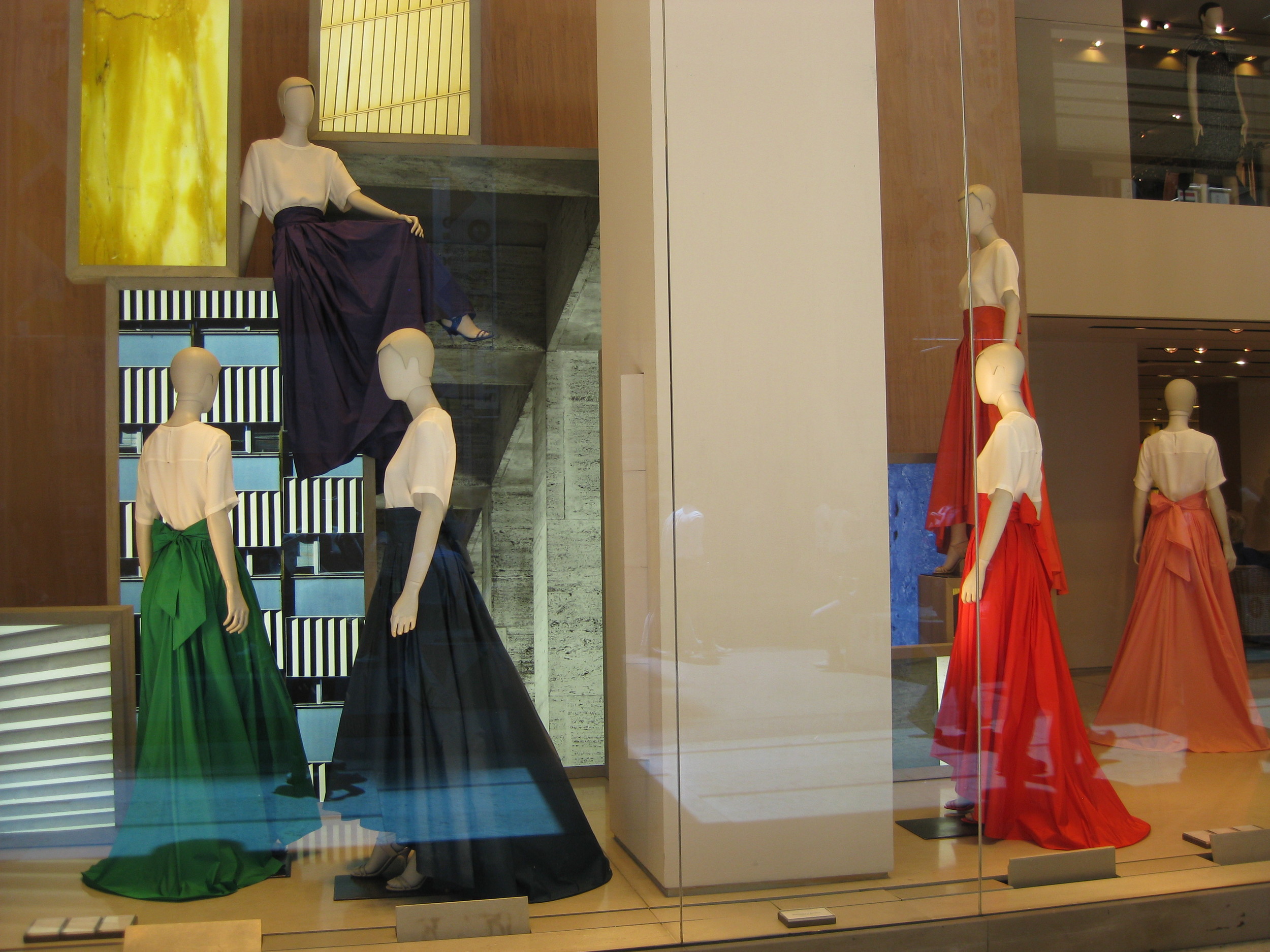There is a problem with the use of chemical pesticides in agriculture, and it is due to the fact that pesticides don’t just attack the nervous systems of insects but, the nervous systems of humans and other creatures as well. In an effort to kill and deter pests from ruining crops and to create higher profits for farmers who can often lose up to half or more of their crops each year, these chemical poisons have seen widespread use since the 1940s, much to the detriment of public health. Pesticides have caused respiratory diseases, cardiovascular diseases, strokes[¹] and more but, today, chemists are now searching for safer answers in nature that might more targetedly affect insects and pests only.
Some such naturally-occurring substances include Dihydrorotenone (C₂₃H₂₄O₆, a natural pesticide used on organic produce)[²], Beauveria bassiana (a fungus used to control bedbugs and mosquitoes), Isaria fumosorosea (a fungus used to control moths, aphids and mites), Steinernema feltiae (parasitic nematodes)[⁴] and Capsaicin (C18H27NO3)[⁵]. However, even though these are naturally-occurring, this does not mean they are entirely harm-free. Dihydrorotenone, for instance, while 5 to 8 times safer and less lethal than Rotenone, is still known to cause apoptosis, or cell death, in human plasma by causing stress to the endoplasmic reticulum, mitochondrial dysfunction and even Parkinson’s Disease in mice subjected to long-term exposure.[²] It is possible then, that some of these natural biopesticides that are supposedly "better" than their chemical counterparts could one day go out of use as well.
Meanwhile, on the not so other end of the spectrum, are the chemical pesticides that were so bad they’ve been banned for life. These include Toxaphene (C10H10Cl8), a chemical meant to control insects affecting cotton crops that ended up causing liver, kidney and nervous system damage along with thyroid cancer[³], Aldrin (C₁₂H₈Cl₆, an organochlorine insecticide and confirmed animal carcinogen with unknown relevance to humans), Endosulfan (C9H6Cl6O3S, a polychlorinated insecticide found to be extremely toxic to fish[⁸]), Endrin (C12H8Cl6O, a pesticide used to control insects, rodents and birds that when swallowed led to convulsions and death within minutes) [⁷,⁹] and, most infamously, DDT (Dichlorodiphenyltrichloroethane, C14H9Cl5) whose toxicity was highlighted in the book Silent Spring and was banned by the EPA in 1972. The publicity surrounding DDT’s carcinogenic properties and long-lasting damage caused an uproar in the Sixties and Seventies that forever changed the regulations and legislation concerning pesticides.[⁶]
There is another major issue with harmful chemical pesticides though, and that is them being banned in the United States and other developed countries and instead of them going away entirely, they simply relocate and market even harder to underdeveloped and developing countries where illiteracy rates and poverty are high. Even amongst those possessing a secondary education, attention to safety is shockingly low. In a poll amongst 97 pesticide applicators in Trinidad and Tobago, a whopping 81.4% admitted to rarely reading the application instructions or labels on the chemicals they used.[¹] Between 70 and 90% also reported not using respirators, face guards or safety goggles either.
Clearly, there is still a ways to go with creating safe, easy to use and understand pest deterrents but, with new advances in science every day, we are hopefully getting closer.
Bibliography:
[¹] de Verteuil, Priscilla, Isaac, Wendy-Ann P., Legall, George, “Risk Factors for Chronic and Acute Pesticide Poisoning among Waged and Licensed Farm Workers in Rural Trinidad and Tobago”
[²]Journal of Rural & Community Development. 2016, Vol. 11 Issue 2, p89-109. 21p.
Zhang, Jieyu, et al. "The Natural Pesticide Dihydrorotenone Induces Human Plasma Cell Apoptosis by Triggering Endoplasmic Reticulum Stress and Activating P38 Signaling Pathway." Plos ONE, vol. 8, no. 7, July 2013, pp. 1-9. EBSCOhost, doi:10.1371/journal.pone.0069911.
[³]Quade, Vicki. "Congress Considers Ban of Hazardous Pesticide." American Bar Association Journal, vol. 68, no. 11, Nov. 1982, p. 1352. EBSCOhost, lsproxy.austincc.edu/login?url=http://search.ebscohost.com.lsproxy.austincc.edu/login.aspx?direct=true&db=lgh&AN=4790018&site=ehost-live.
[⁴] Buitenhuis, Rosemarije, et al. "How to Start with a Clean Crop: Biopesticide Dips Reduce Populations of Bemisia Tabaci (Hemiptera: Aleyrodidae) on Greenhouse Poinsettia Propagative Cuttings." Insects (2075-4450), vol. 7, no. 4, Dec. 2016, pp. 1-13. EBSCOhost, doi:10.3390/insects7040048.
[⁵] Villaverde, Juan José, et al. "Biopesticides from Natural Products: Current Development, Legislative Framework, and Future Trends." Bioresources, vol. 11, no. 2, May 2016, pp. 5618-5640. EBSCOhost, doi:10.15376/biores.11.2.Villaverde.
[⁶] Pérez, Silvia. "Banned: A History of Pesticides and the Science of Toxicology." AMBIX, vol. 63, no. 2, May 2016, pp. 194-195. EBSCOhost, doi:10.1080/00026980.2016.1227176.
[⁷] Mokwunye, Idongesit U., et al. "Compliance of Agrochemical Marketers with Banned Cocoa Pesticides in Southwest Nigeria." ["USAGLAŠENOST PRODAVACA AGROHEMIKALIJA SA ZABRANJENIM PESTICIDIMA ZA KAKAO U JUGOZAPADNOJ NIGERIJI"]. Arab Universities Journal of Agricultural Sciences, vol. 59, no. 2, July 2014, pp. 161-174. EBSCOhost, doi:10.2298/JAS1402161M.
[⁸] National Center for Biotechnology Information. PubChem Compound Database; CID=3224, https://pubchem.ncbi.nlm.nih.gov/compound/3224 (accessed May 3, 2017).
[⁹] National Center for Biotechnology Information. PubChem Compound Database; CID=71312306, https://pubchem.ncbi.nlm.nih.gov/compound/71312306 (accessed May 3, 2017).
Image source: http://www.beyondpesticides.org/dailynewsblog/wp-content/uploads/2012/08/yard-sign.jpg










